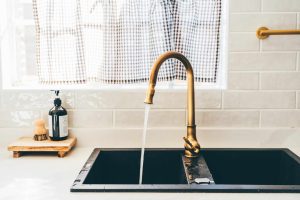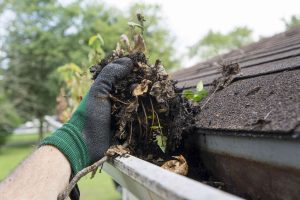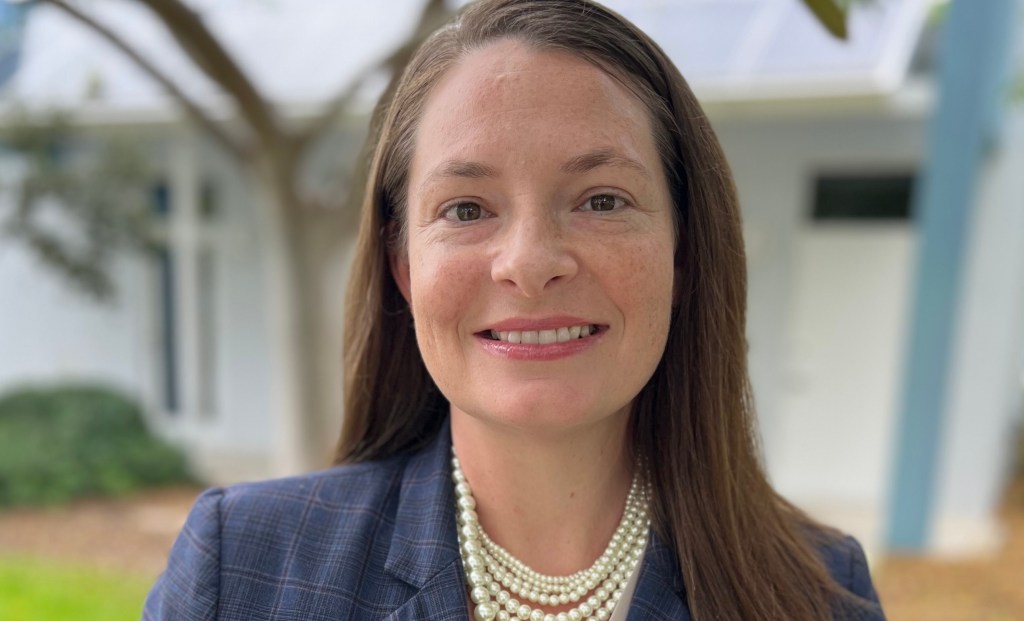The complex challenges our communities and state face call for innovative solutions and collaboration. Strategic partnerships between our local government and programs like Residential PACE, or Property Assessed Clean Energy, will propel our state forward and help our communities to meet their sustainability goals.
In 2010, the Residential PACE program was enabled by state legislation in Florida, as a way for homeowners to access low-cost, upfront financing for critical storm hardening, energy efficiency, and renewable energy improvements such as storm shutters, impact windows and doors, wind-resistant roofing, and water and energy-saving upgrades to lower utility bills.
PACE was designed as an opt-in program, meaning that local governments can decide whether or not the program should be available to their residents.
The Florida Green Finance Authority (FGFA) believes it is imperative to maintain that partnership with local governments by first seeking local approval.
We will continue to work with local governments like the City of Orlando to ensure Residential PACE is the right fit for homeowners seeking additional options to make critical home improvements, because we know that working together is what fosters innovation and creates more sustainable communities.
In a state as diverse as Florida, there’s no ignoring that different communities have different needs. The PACE model was created because there isn’t a one size-fits-all model when it comes to financing home improvements or hardening your home from natural disasters.
Traditional lending models utilize credit scoring which ultimately gatekeeps wealth and capital from those with lower scores. PACE disposes of the inherent discriminatory filters seen in traditional lending and offers equitable access to capital through affordable financing.
Through PACE, the financed amount is added and paid through the homeowner’s property tax bill, and qualifying for PACE is primarily based on the property’s available equity and the homeowner’s ability to pay back the financing – not an applicant’s credit score. This makes financing eligible improvements within reach of more homeowners compared to traditional financing options.
Whether homeowners are looking to protect their homes and loved ones during hurricane season, need a new roof to maintain their property insurance coverage, or are looking for ways to lower their utility bills in the face of rising inflation, one of the biggest hurdles homeowners face is access to financing and funds to make these necessary improvements. If a property owner cannot afford the high interest rates or large upfront costs of traditional loans, the PACE program is there to fill that gap.
PACE is an important resource for homeowners here in Central Florida and across the state, while also giving local governments another tool in their toolbox to mitigate disaster recovery costs and reach sustainability goals.
In the City of Orlando, residents have saved 3.3 million kWh of energy and an estimated $1.6 million on their utility costs because of PACE-financed clean energy improvements through FGFA. Statewide, the PACE industry has had a nearly $6.5 billion economic impact and avoided nearly $3 billion in disaster losses for the state of Florida thanks to PACE home resiliency upgrades.
In a state as unique as Florida, we need to seek out inventive policy solutions that fit the many needs of our communities, but more importantly, we need to work together — not apart — to best serve Floridians.
Nicole Dritz is the Chair of the Florida Green Finance Authority.
Read the full article here














